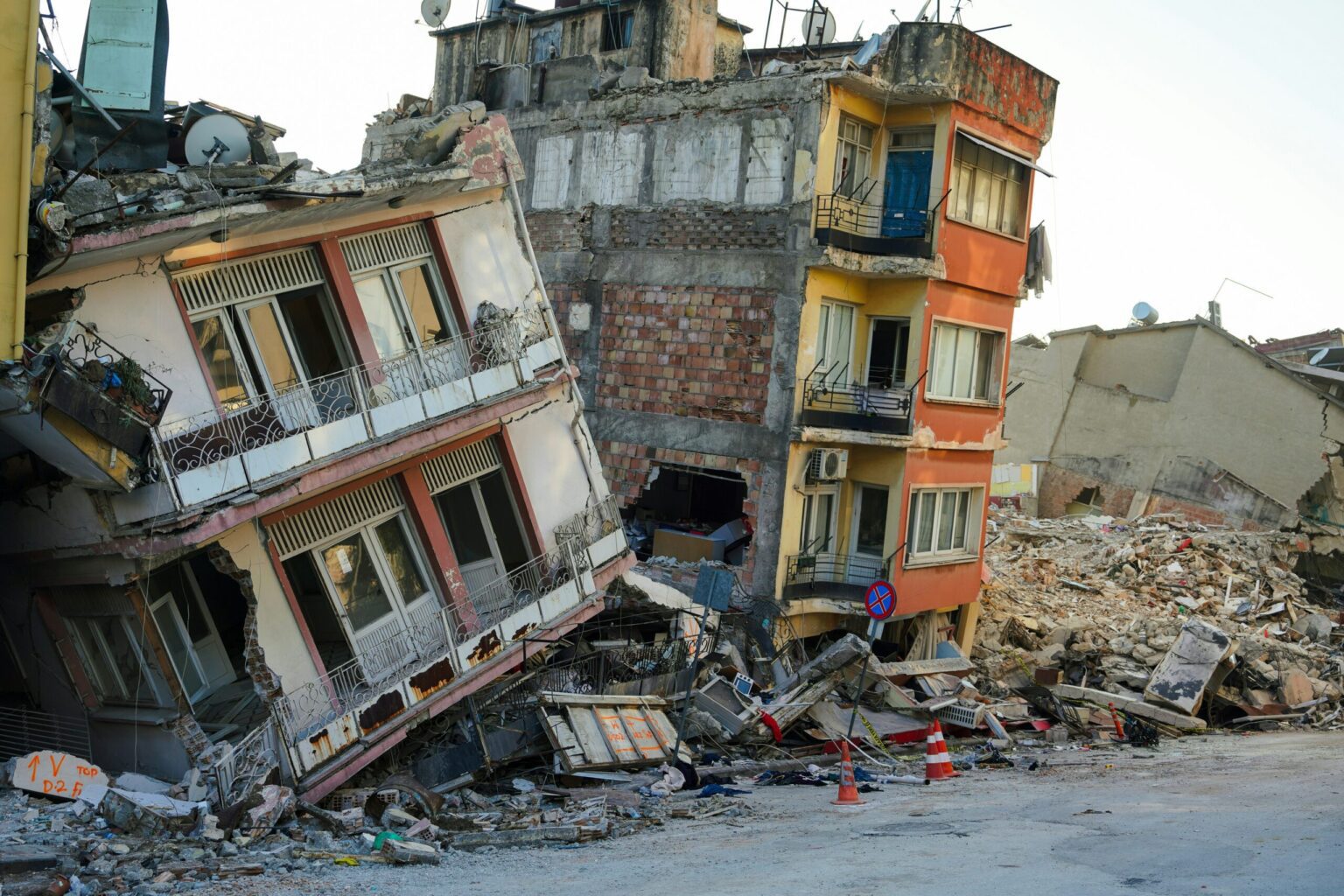A Catastrophic Earthquake Strikes at Dawn
On the morning of February 6, 2023, a series of catastrophic earthquakes rocked southern Turkey and northern Syria, causing immense destruction and a heartbreaking loss of life. At 4:17 a.m. local time, a magnitude 7.8 tremor struck near the city of Gaziantep in Turkey, followed by numerous aftershocks. The quakes persisted for hours, trapping hundreds of thousands of people under collapsed buildings and debris. This region had not experienced such a powerful earthquake in over a century, and the devastation was overwhelming.
The Destruction in Turkey
In Turkey, the scale of the disaster quickly became apparent as the death toll soared past 50,000, with thousands more injured or displaced. Major cities such as Adıyaman, Hatay, and Kahramanmaraş were hit hardest, where entire buildings and neighborhoods were reduced to rubble. Rescue operations were severely hampered by damaged infrastructure, blocked roads, and the continuous threat of aftershocks. The Turkish government, in collaboration with international partners, launched a massive rescue and relief operation, but the scope of the crisis made the task extraordinarily difficult.
The international community responded swiftly, with countries like the United States, the United Kingdom, Japan, and others sending search-and-rescue teams, medical supplies, and emergency aid to assist in the recovery efforts. Despite these efforts, the scale of the disaster left deep scars on the region, and the challenges of providing long-term aid to affected populations remain daunting.
Syria’s Struggle Amid Civil War
The situation in Syria was even more dire due to the ongoing civil war, which had already placed immense strain on the country’s healthcare and emergency response capabilities. The earthquake exacerbated the suffering of millions, particularly in the northwestern province of Idlib, where many people had already been displaced by years of conflict. The infrastructure, already fragile due to the war, was further destroyed, making rescue efforts even more challenging.
In addition to the immediate devastation, the earthquake severely hindered the ability of aid organizations to reach those in need, particularly in areas controlled by opposition forces. Despite these challenges, local and international relief teams mobilized to provide medical care, food, and shelter to survivors. However, the ongoing conflict complicated aid delivery, and many areas were left without access to vital resources for an extended period.
Heroic Efforts Amid the Destruction
Despite the overwhelming scale of the disaster, stories of heroism and resilience emerged as search-and-rescue teams, both local and international, worked tirelessly to rescue survivors from the rubble. In some cases, individuals were pulled from the debris after being trapped for days, a testament to the perseverance and dedication of rescue workers.
While many lives were saved, the long-term recovery and rebuilding process will be a monumental challenge for both Turkey and Syria. The destruction of homes, schools, hospitals, and critical infrastructure means that the road to recovery will be long and difficult. In the face of such devastation, however, the global response demonstrated the importance of international solidarity in times of crisis, with countries coming together to support both nations in their darkest hours.
A Renewed Focus on Disaster Preparedness
The earthquake highlighted the importance of disaster preparedness and the need for countries and organizations to be ready to respond to natural disasters on a global scale. As Turkey and Syria begin the process of recovery, the world has been reminded of the fragility of life in regions prone to such catastrophic events. The disaster has prompted renewed discussions on how to strengthen international cooperation and build more resilient communities in the face of future natural disasters.
